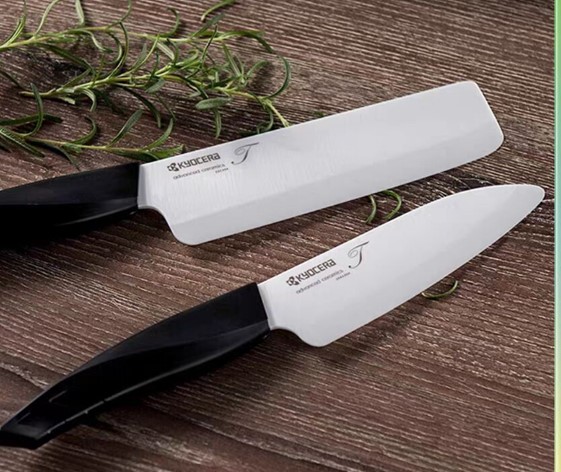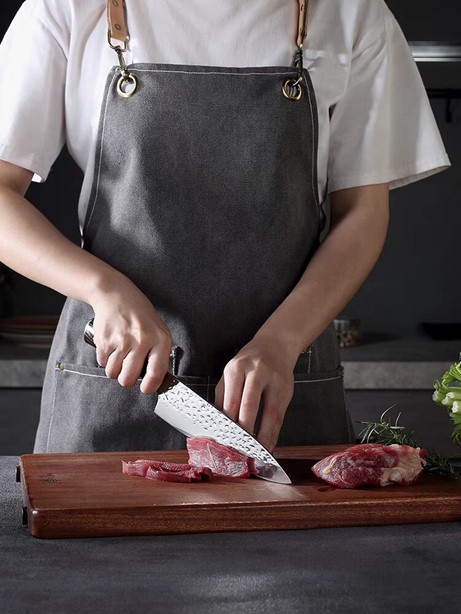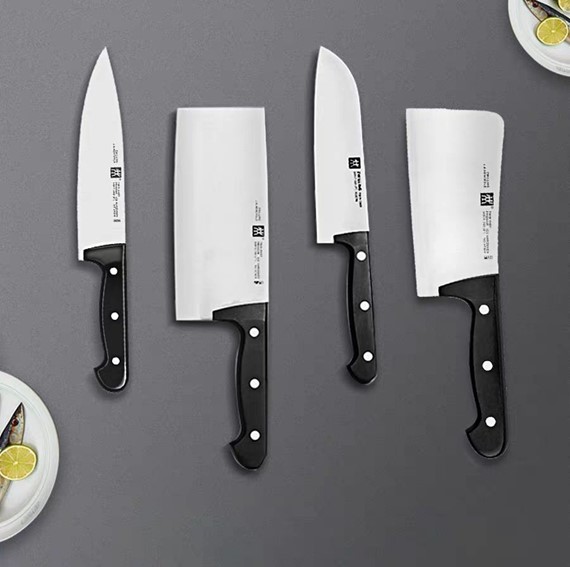What kind of knife is a good knife? If you ask Plato this question, he would probably say something like this, “The perfect knife, like the perfect circle, is an idea, and it can only exist in the kingdom of heaven.”

Why? Because there are so many elements that define a good knife, at least seven that I can think of: Sharpness, Edge Retention, Corrosion Resistance, Grindability, Maneuverability, Design, and Cost-Performance Ratio. Design, and Cost-Performance Ratio.
However, these seven aspects contradict each other and cannot all reach the top, which is called the seven sins of knives (see Appendix I). Therefore, the knife is always a kind of defective thing, and its defects can not be filled with money. Only then there is room for tasting and playing. When people make a knife, they must be influenced by certain tendencies, and the most extensive and biggest influence is perhaps the national conditions of a country. The food culture of each c
ountry is distinct, and the kitchen knife culture of each country is also very different.
Western-style kitchen knives are finely divided and often sold in sets. Its main knife types are Chef’s Knife (Chef’s Knife), Bread Knife (Bread Knife), Boning / Fillet Knife (Boning / Fillet Knife), Carving / Slicing Knife (Carving / Slicing Knife), Chopping Knife (Cleaver), Utility / Petty / Prep Knife ( Utility / Petty / Prep Knife), Peeling / Peeling Knife (Paring / Peeling Knife), Steak Knife (Steak Knife) and so on, together with kitchen shears (Kitchen Shear) and knife sharpening rod (Honing Steel) sold to you. The most used of all these knives is, of course, the chef’s knife. The difference between a traditional Western chef’s knife and a Chinese knife is that it has a well-defined point and a curved belly (i.e., the Tip portion of the blade).

The Western chef’s knife often uses the tip and belly of the knife. Rocking, for example, is a skill that allows the belly of the knife to pendulum on the cutting board, using the undulation and advancement of the knife to cut through the ingredients. In this process, the belly of the knife is always part of the knife does not leave the cutting board, so it is less effort. Rocking knife is a classic Western knife method, it is different from guillotine cutting, not a fixed-axis movement, without the arc of the knife belly can not be completed. So the traditional Western chef’s knife usually provides a distinct curved belly for shaking the knife. But in this way, the straight cutting function of this part of the knife belly is sacrificed. Japanese chef’s knives (also known as yokozuna) are designed with a flatter belly to provide more room for straight cuts.

There are first-class steel companies like Crucible and Carpenter in the United States, and there is no shortage of black technology like FRICTION FORGED and exotic materials like SM-100 titanium-nickel alloy. Even if you need to import foreign steel, the U.S. import tax is not high. Objectively speaking, Americans are fully capable of making world class kitchen knives. But the American people prefer outdoor knives, what hunting knives, jungle knives, survival knives, fighting knives, tactical knives, EDC, everyone has a box stored at home, ready to go out and fight zombies. I also collect folding knives, the future may be able to open another article to discuss. But all in all, Americans spend all their thoughts on outdoor knives, and the lack of enthusiasm for practical knives like kitchen knives, which is one of the strange status quo of the United States.
However, if you dig a little, you can still find some good things.

